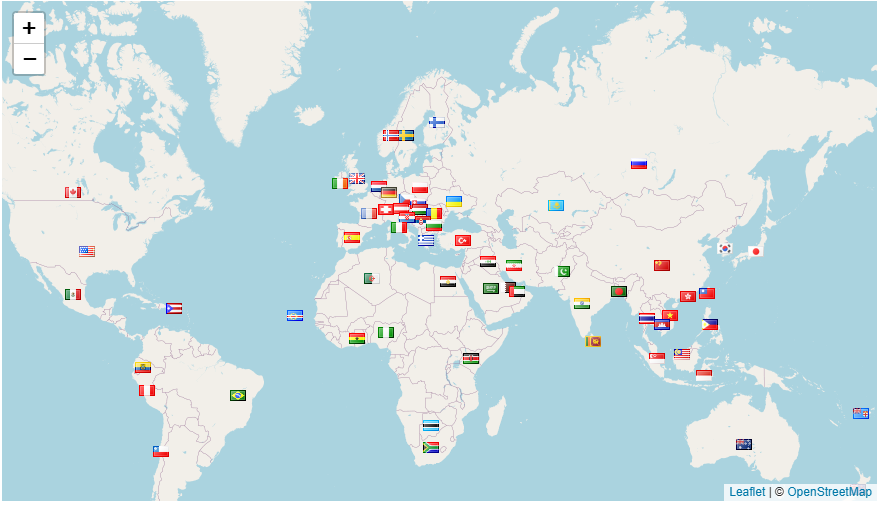Simulation of Quadcopter Flying Electric Vehicle Chassis
DOI:
https://doi.org/10.70822/evrmata.v1i03.48Abstract
The increase in population means that the need for transportation is also increasing, causing more or less air pollution. Besides that, fuel oil is also a non-renewable natural resource. Oil fuel comes from plants and animals that have been dead for millions of years
which have become fossils and which have been formed for a very long time automatically become expensive. Therefore, people need vehicles that have many advantages, including environmentally friendly, do not produce air pollution, do not produce noise, avoid traffic jams, and are easy to maintain. Flying electric vehicles are the right choice to overcome this problem. Electric car is a car driven by an electric motor that uses electric power stored in a battery. One of the advantages is that the engine construction is simpler compared to combustion engines which have so many components because there is combustion in the engine. Electric vehicles certainly need a chassis. The chassis that will be used is a tubular chassis type using fiberglass. The aim of this research focuses on planning electric flying vehicles, more precisely on static simulation of chassis design. The results of this research can be used as consideration for designing the chassis structure of flying electric vehicles. This research is expected to be the beginning of the development of an electric quadcopter flying vehicle chassis.






